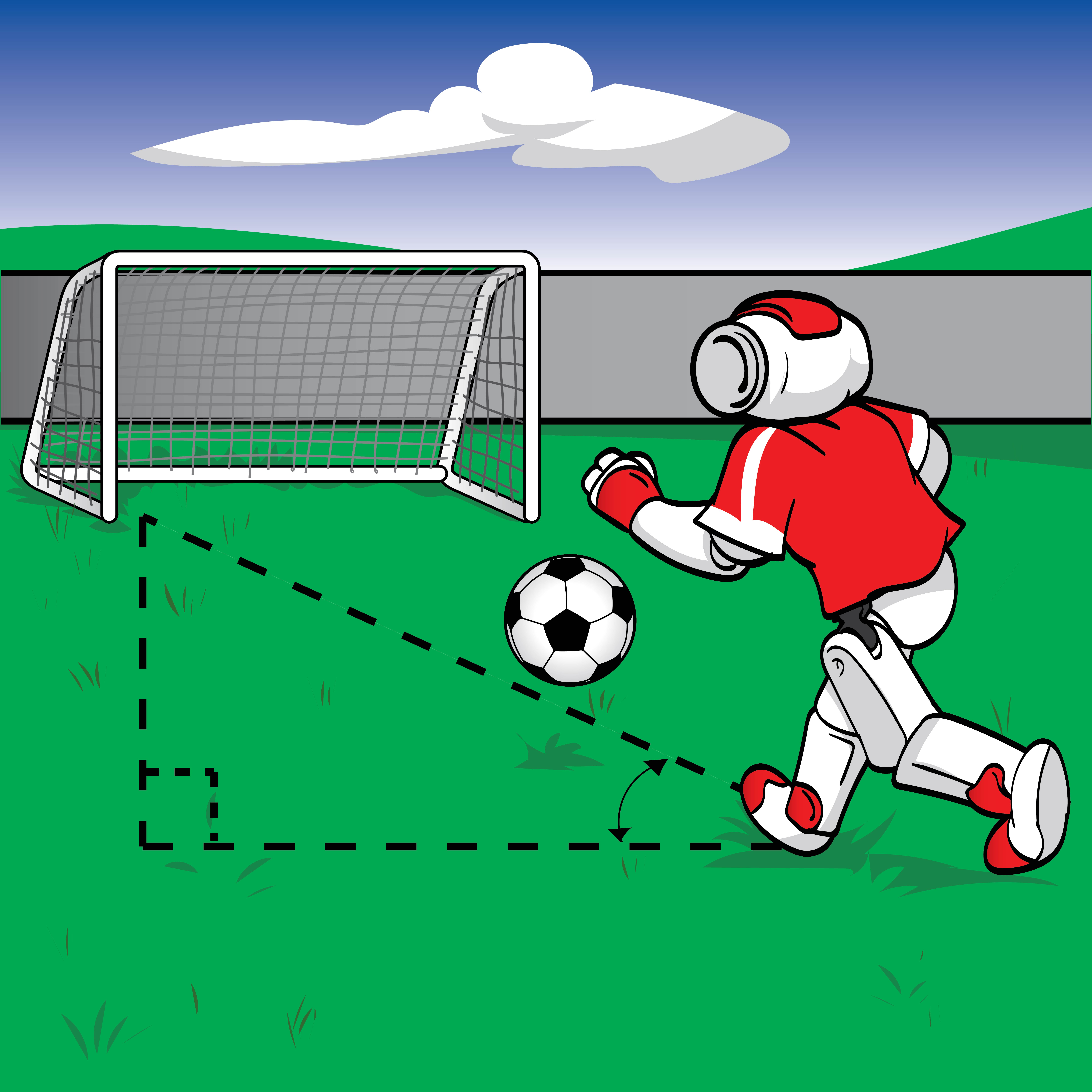Standards Covered
CCSS.MATH.PRACTICE.MP2
Reason abstractly and quantitatively.
CCSS.MATH.PRACTICE.MP3
Construct viable arguments and critique the reasoning of others.
CCSS.MATH.PRACTICE.MP7
Look for and make use of structure.
CCSS.MATH.PRACTICE.MP8
Look for and express regularity in repeated reasoning.
CCSS.MATH.PRACTICE.MP6
Attend to precision.
CCSS.MATH.CONTENT.HSA.CED.A.2
Create equations in two or more variables to represent relationships between quantities; graph equations on coordinate axes with labels and scales.
CCSS.MATH.CONTENT.HSF.IF.B.6
Calculate and interpret the average rate of change of a function (presented symbolically or as a table) over a specified interval. Estimate the rate of change from a graph.*
CCSS.MATH.CONTENT.8.EE.B.6
Use similar triangles to explain why the slope m is the same between any two distinct points on a non-vertical line in the coordinate plane; derive the equation y = mx for a line through the origin and the equation y = mx + b for a line intercepting the vertical axis at b.
CCSS.MATH.CONTENT.HSG.SRT.C.8
Use trigonometric ratios and the Pythagorean Theorem to solve right triangles in applied problems.*
CCSS.MATH.CONTENT.HSF.TF.B.5
Choose trigonometric functions to model periodic phenomena with specified amplitude, frequency, and midline.*
CCSS.MATH.CONTENT.HSF.IF.B.4
For a function that models a relationship between two quantities, interpret key features of graphs and tables in terms of the quantities, and sketch graphs showing key features given a verbal description of the relationship. Key features include: intercepts; intervals where the function is increasing, decreasing, positive, or negative; relative maximums and minimums; symmetries; end behavior; and periodicity.*
CCSS.MATH.CONTENT.HSG.GPE.B.7
Use coordinates to compute perimeters of polygons and areas of triangles and rectangles, e.g., using the distance formula.*
CCSS.MATH.CONTENT.HSF.TF.B.7
(+) Use inverse functions to solve trigonometric equations that arise in modeling contexts; evaluate the solutions using technology, and interpret them in terms of the context.*
CCSS.MATH.CONTENT.HSF.IF.C.7.A
Graph linear and quadratic functions and show intercepts, maxima, and minima.
CCSS.MATH.CONTENT.8.G.B.8
Apply the Pythagorean Theorem to find the distance between two points in a coordinate system.
CCSS.MATH.CONTENT.8.F.B.4
Construct a function to model a linear relationship between two quantities. Determine the rate of change and initial value of the function from a description of a relationship or from two (x, y) values, including reading these from a table or from a graph. Interpret the rate of change and initial value of a linear function in terms of the situation it models, and in terms of its graph or a table of values.
CCSS.MATH.CONTENT.HSF.IF.A.2
Use function notation, evaluate functions for inputs in their domains, and interpret statements that use function notation in terms of a context.
CCSS.MATH.CONTENT.HSF.BF.A.1.A
Determine an explicit expression, a recursive process, or steps for calculation from a context.
CCSS.MATH.CONTENT.HSG.SRT.D.10
(+) Prove the Laws of Sines and Cosines and use them to solve problems.
CCSS.MATH.CONTENT.HSG.SRT.D.11
(+) Understand and apply the Law of Sines and the Law of Cosines to find unknown measurements in right and non-right triangles (e.g., surveying problems, resultant forces).
CCSS.MATH.CONTENT.HSF.BF.B.3
Identify the effect on the graph of replacing f(x) by f(x) + k, k f(x), f(kx), and f(x + k) for specific values of k (both positive and negative); find the value of k given the graphs. Experiment with cases and illustrate an explanation of the effects on the graph using technology. Include recognizing even and odd functions from their graphs and algebraic expressions for them.
CCSS.MATH.CONTENT.HSF.LE.A.3
Observe using graphs and tables that a quantity increasing exponentially eventually exceeds a quantity increasing linearly, quadratically, or (more generally) as a polynomial function.
CCSS.MATH.PRACTICE.MP1
Make sense of problems and persevere in solving them.
CCSS.MATH.PRACTICE.MP4
Model with mathematics.
CCSS.MATH.PRACTICE.MP5
Use appropriate tools strategically.
CCSS.MATH.CONTENT.HSF.TF.A.3
(+) Use special triangles to determine geometrically the values of sine, cosine, tangent for π/3, π/4 and π/6, and use the unit circle to express the values of sine, cosine, and tangent for x, π + x, and 2π - x in terms of their values for x, where x is any real number.
CCSS.MATH.CONTENT.HSF.TF.A.2
Explain how the unit circle in the coordinate plane enables the extension of trigonometric functions to all real numbers, interpreted as radian measures of angles traversed counterclockwise around the unit circle.
CCSS.MATH.CONTENT.HSF.TF.A.1
Understand radian measure of an angle as the length of the arc on the unit circle subtended by the angle.
CCSS.MATH.CONTENT.HSF.BF.A.
Build a function that models a relationship between two quantities.
CCSS.MATH.CONTENT.HSF.IF.A
Understand the concept of a function and use function notation.
CCSS.MATH.CONTENT.HSF.IF.B
Interpret functions that arise in applications in terms of the context.
CCSS.MATH.CONTENT.HSF.IF.C
Analyze functions using different representations.
CCSS.MATH.CONTENT.HSF.LE.A
Construct and compare linear, quadratic, and exponential models and solve problems.


